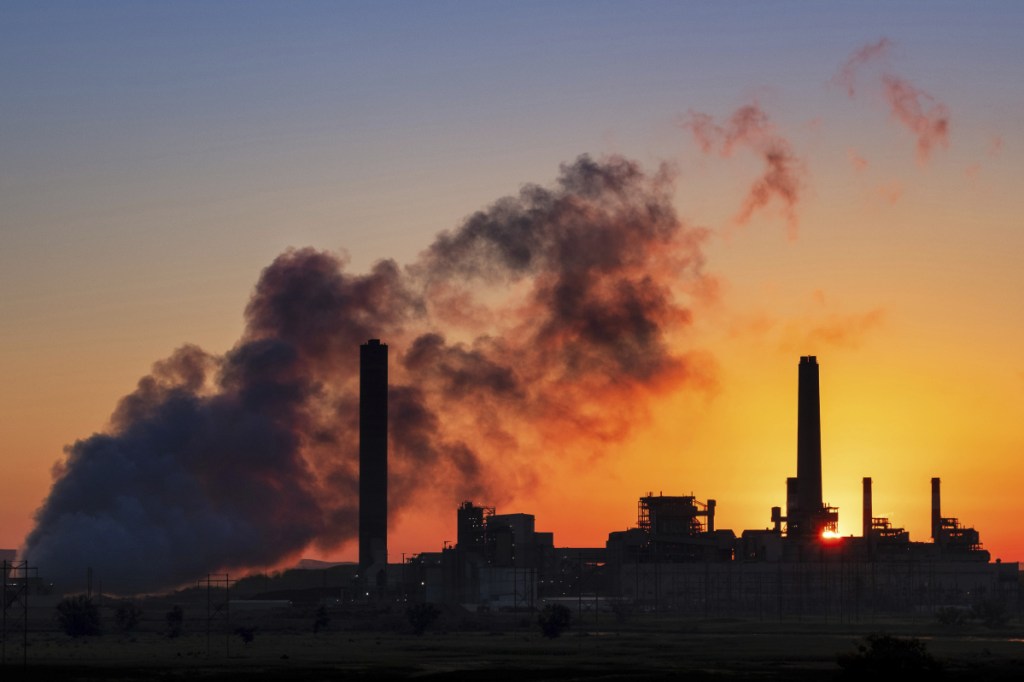WASHINGTON — The Environmental Protection Agency on Friday proposed a major change in the way the federal government calculates the costs and benefits of dangerous air pollutants, arguing that authorities should exclude some of the public health benefits stemming from new rules.
The proposal, which revisits a 2011 rule limiting mercury emissions from coal plants, argues that the EPA lacked justification to curb the neurotoxin in the first place because many benefits stemmed from the overall drop in air pollution that would occur once power companies adopted new technologies.
The EPA is not reversing the Obama-era standards – with which the industry has already complied – but the agency wants to alter the underlying calculations to set a precedent for future public health rules.
In keeping in place the Obama-era standards on mercury emissions, Trump officials are acknowledging the billions of dollars companies have already spent in upgrades to comply. But at the same time, the administration is advancing a broader effort to narrow what the government counts as benefits when crafting air rules.
If adopted, the change would prevent regulators from calculating positive health effects – known as “co-benefits” – that come from reducing pollutants other than those being targeted. The shift could have implications for public health protections across the federal government, experts said.
“EPA has managed to walk a very fine line,” said Jeffrey Holmstead, a partner at the firm Bracewell who represents several utilities and who headed the agency’s air and radiation office under President George W. Bush.
While many power companies “actually lobbied the administration to leave” the rule in place, Holmstead said, “the Trump folks couldn’t bring themselves to defend” the previous administration’s conclusion that the rule was “appropriate and necessary.”
Send questions/comments to the editors.


